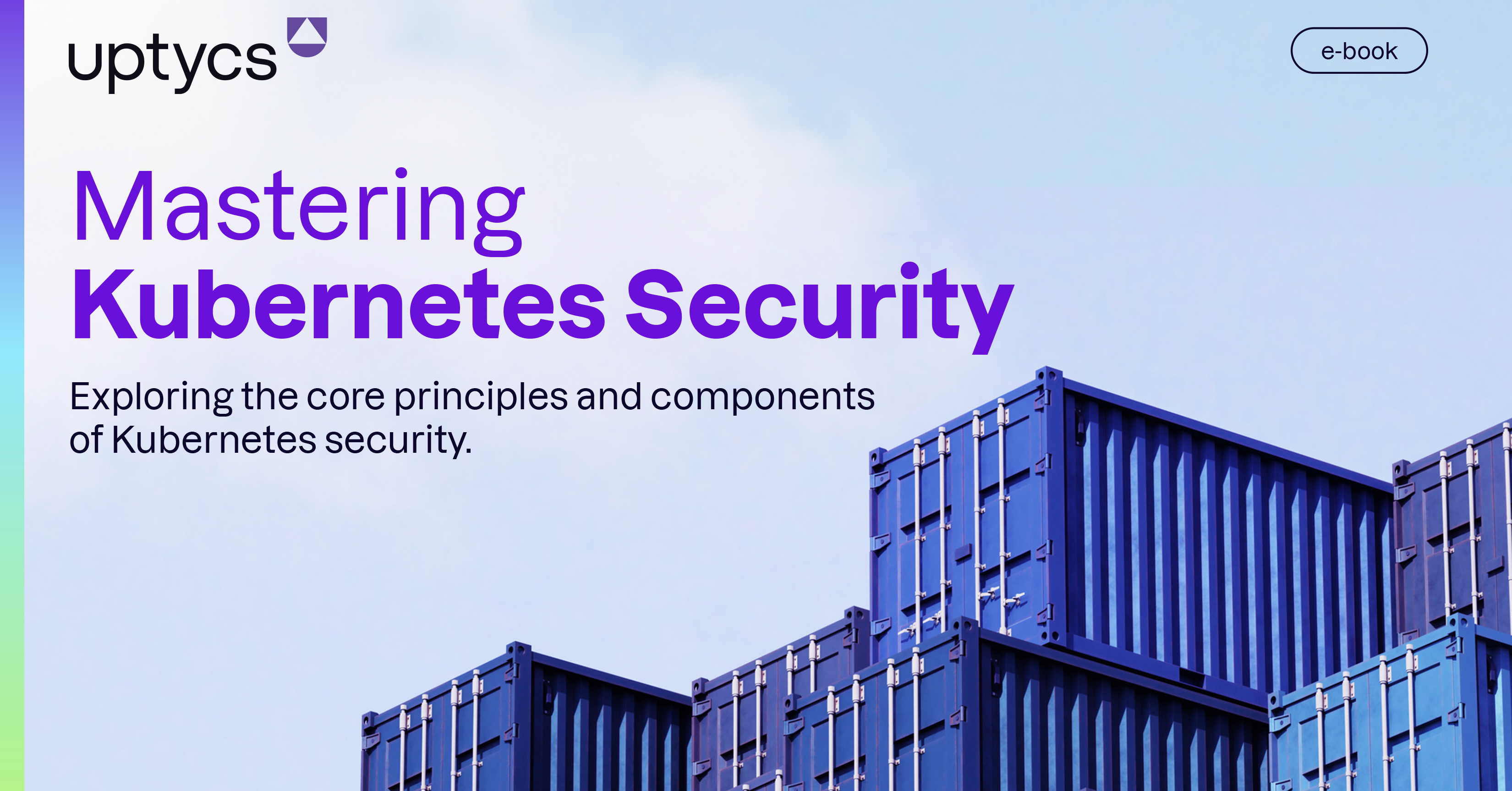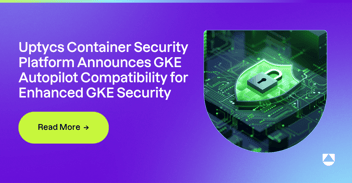Uptycs today released a new eBook, Mastering Kubernetes Security, offering a comprehensive guide to securing Kubernetes environments. The guide is designed to equip cloud security leaders with the knowledge and tools to ensure the security of their Kubernetes environments.
The guide covers various aspects of Kubernetes security, including compliance, vulnerability management, admission controls, real-time detections/auditing, and authorization, access, and secrets management.
Designed for business leaders and security professionals alike, this guide emphasizes the importance of Kubernetes security for business leaders, highlighting ten critical considerations such as financial impact, regulatory compliance, reputation management, and risk management. At the same time, it offers practical solutions for security professionals to deploy effective security measures.
Get your copy of this comprehensive guide today
The Mastering Kubernetes Security eBook is organized into eight chapters as follows:
Chapter 1: 10 reasons business leaders should care about Kubernetes security
Kubernetes security is not just an IT concern but a strategic business issue. The security of your Kubernetes environment is directly linked to your company's financial health, reputation, and customer trust. The first chapter provides ten compelling reasons business leaders should prioritize Kubernetes security. From protecting against financial losses and safeguarding reputations to ensuring compliance, securing intellectual property, enabling digital transformation, supporting business continuity, facilitating innovation, enhancing competitive advantage, reducing risk, and driving customer confidence, effective Kubernetes security offers many critical business benefits.
Chapter 2: Simplifying compliance in complex Kubernetes environments
Compliance in Kubernetes environments is a complex task but an essential one. It involves adhering to industry standards, regulatory requirements, and best practices. Non-compliance can lead to penalties, reputational damage, and even business loss. However, maintaining compliance in a dynamic Kubernetes environment doesn't have to be daunting. This chapter explores the criticality of compliance and emphasizes the importance of regular auditing to identify non-compliance issues and take prompt corrective actions. Learn how Uptycs unified CNAPP and XDR platform automates compliance checks, offers real-time reporting, enforces policies, and enhances your Kubernetes environment's security posture.
Chapter 3: NSA hardening guide
This chapter explores hardening Kubernetes environments using resources like the NSA Hardening Guide as a reference point to maintain adherence to industry standards and best practices. The importance of regular auditing to identify non-compliance issues and the need for prompt corrective actions are emphasized. Uptycs unified CNAPP and XDR platform is highlighted for its role in detecting and responding to security threats. It automates compliance checks, offers real-time reporting, and enforces policies, thus enhancing your Kubernetes environment's security posture.
Chapter 4: Vulnerability management with runtime and shift left controls
Vulnerability management is an essential aspect of Kubernetes security. This chapter details how Uptycs integrates with CI and registry scanning tools to scan images for vulnerabilities, malware, and secrets. The platform's capabilities in vulnerability prioritization, KPI measurement, and continuous improvement in fixing vulnerabilities are explored.
Chapter 5: Runtime admission controls
This chapter highlights the significance of Runtime Admission Controls (RACs), which add a layer of protection by ensuring compliance and verification post-admission controller's approval. It introduces open-source solutions like OPA Gatekeeper and Kyverno for implementing admission control in Kubernetes. It discusses how Uptycs integrates with these tools to act as an actual admission controller, providing visibility into admission failures and audits.
Chapter 6: Authorization, access, and secrets
Chapter 6 delves into managing authorization, access, and secrets in Kubernetes environments. It explains the Role-Based Access Control (RBAC) mechanism for managing access to Kubernetes resources. The native admission control provided by Uptycs for image and runtime deployments, which allows blocking images with critical or high vulnerabilities and enforcing policies based on business needs, is discussed. This chapter also covers Uptycs' integration with registry scanning to prevent the use of vulnerable images for container deployments.
Chapter 7: Real-time detections & auditing
This chapter emphasizes the importance of real-time detection and auditing capabilities for Kubernetes environments. It elaborates on Uptycs' single console view for triaging and generating evidence for compliance issues. The platform's ability to perform continuous posture checks on existing and new infrastructure, providing remediation information and real-time evidence, is detailed.
Chapter 8: Securing your Kubernetes environments via network policies
The final chapter discusses securing Kubernetes environments using network policies. It explores Uptycs' ability to provide visibility into pod-to-pod communication, detect unauthorized network connections, and monitor traffic for security threats. The platform's integration with open-source solutions like Calico, Cilium, and Istio is detailed for implementing and managing network policies in Kubernetes environments. Overall, this chapter highlights how Uptycs can enhance your Kubernetes environment's security posture by providing comprehensive network security capabilities.
Get a copy for yourself
You’ll find that Uptycs eBook, Mastering Kubernetes Security, provides comprehensive knowledge and tools for effectively securing Kubernetes environments. Its coverage of various aspects of Kubernetes security, focus on both business and IT professionals, and emphasis on simplifying compliance and vulnerability management make it a valuable resource for companies with large and complex Kubernetes environments.
Uptycs' role in detecting and responding to security threats, integrating with open-source solutions, and promoting a security-first culture further adds to its value. By prioritizing Kubernetes security and implementing effective security measures, companies can future-proof their business and ensure the success of their Kubernetes adoption.








